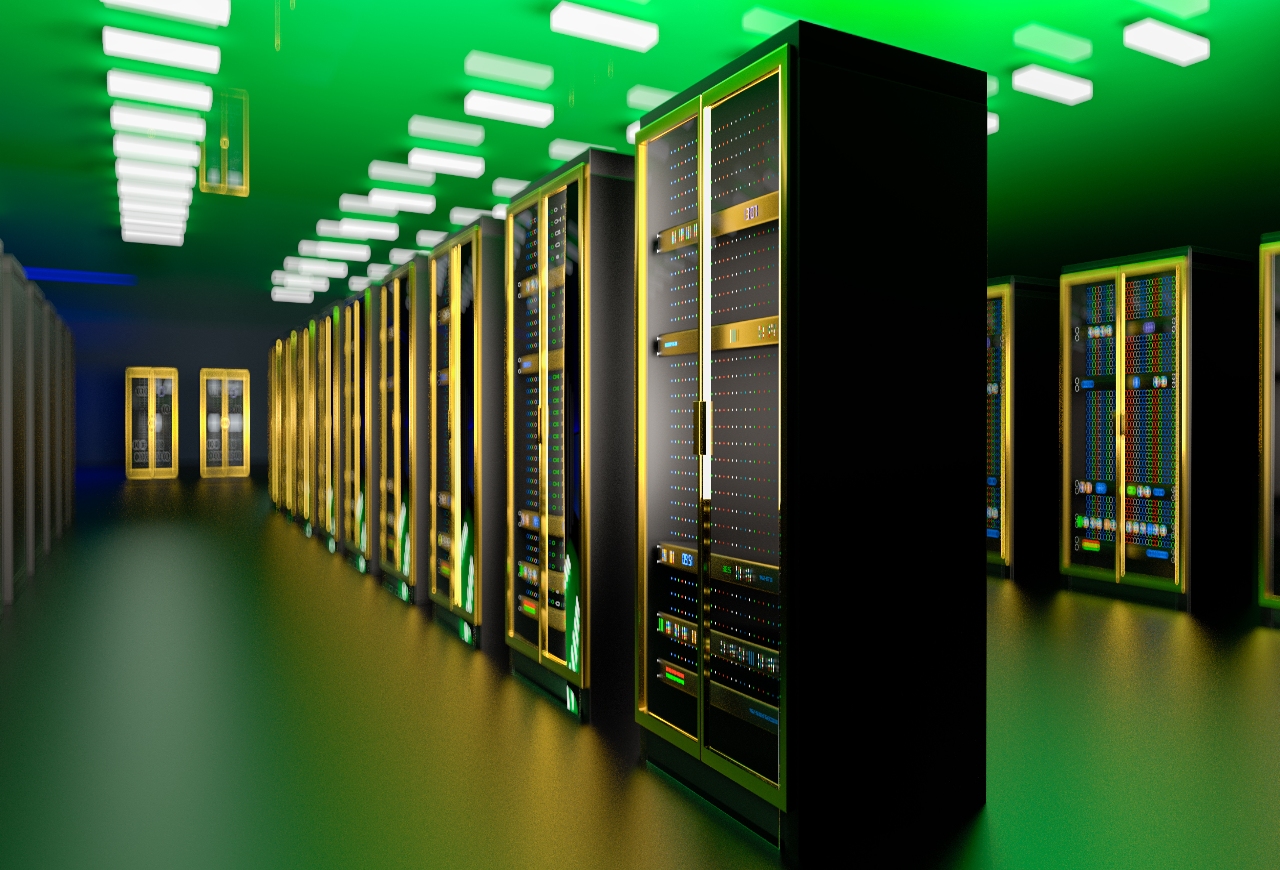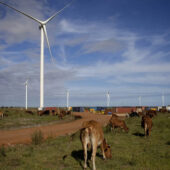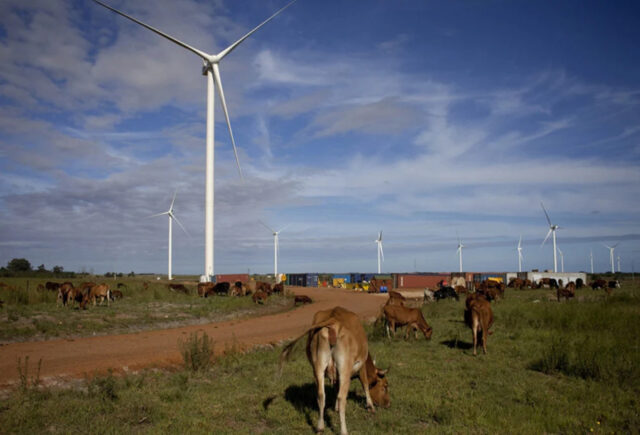Impact investors need to address the data centre energy challenge, particularly in emerging markets. While it is essential for investors to support the development of digital infrastructure, sustainability is a key consideration.

In brief
- In order to adhere to SDG 9 requirements, impact investors in emerging markets will need to focus on digitalisation.
- The challenge is that building digital infrastructure requires high levels of power consumption.
- While demand for data centres is growing exponentially, careful planning is needed to ensure that these centres are sustainable.
- Ada Infrastructure is focusing on building greener data centres.
We have a problem. Impact investors in emerging markets are universally dedicated to digitalisation following the United Nation’s Sustainable Development Goal (SDG) 9, which calls on states to “build resilient infrastructure, promote inclusive and sustainable industrialisation and foster innovation”. It is understandably argued that impact is “achieved through a connected marketplace”, and further that it is needed to “drive financial inclusion”. Likewise, LeapFrog and other investors are dedicated to “generating impact with healthtech”.
But these technological impact solutions come with a challenge. Digitalisation means a lot more data centres, and the energy implications are enormous. Data centres need to be on all of the time, and run with extraordinarily high levels of power consumption. In order to have this persistent power you either must be connected to a grid network relying on fossil fuels, or you need to find alternative persistent sustainable resources.
Digitalisation has its environmental price
According to an International Energy Agency (IEA) report, data centres and data transmission networks account for as much as 3% of global electricity use and nearly 1% of energy-related greenhouse gas (GHG) emission. But with the digitalisation sweeping across emerging markets, helped along by impact investors, this figure seems set to rise.
Take Pakistan, for example. It is a country with a population of some 240 million people, and currently has approximately only 15 megawatts of generated electricity power available. That figure should be more like 2000 megawatts according to data centre experts at Knight Frank. It is likely that the country will expand its data centre usage as it builds out its digital infrastructure, and that will require a substantial increase in electricity.
A further challenge for countries like Pakistan is that data centre density has changed. It used to be that a full rack consumed 5 kilowatts of power whereas now it is 25 or even 50 kilowatts. Climate change is creating a new problem. The increase frequency of temperatures above 30 degrees is requiring massive additional infrastructure to ensure the cooling of racks is possible when needed.
At the same time that global digitalisation is spreading, demand for data centres is growing exponentially, thanks to the rollout of the Cloud and AI in developed countries.
“Ultimately, our society is marching towards digitalisation, creating a substantial need for data centres. Careful planning of developments is needed, [and]… a focus on reducing power needs through more sustainable cooling systems, as well as utilising renewable energy and battery systems,” says Minesh Mashru, global head of infrastructure investing at Cambridge Associates.
Data centres are in a position to lead on sustainability, experts say. David Goatman, global head of energy and sustainability at Knight Frank points out that “the high energy use intensity of data centres compared to other building types, and the corporate commitments to carbon reduction of data centre users/customers means that [they] will be at the forefront of innovation when it comes to embedded renewables.”
A data centre investor with green fingers
Some data centre operators are rising to this sustainability challenge.
Ada Infrastructure (part of real estate investment management company GLP) is a global data centre business that claims to be “grounded in sustainability” and “a trusted force for good. It’s our mission to build greener data centres”.
Ada’s president Jennifer Weitzel says: “Technology will make finding the solutions possible. It is already helping our industry design greener data centres by using energy and water more efficiently while finding ways to reduce our carbon footprint.”
She says that measures such as power usage effectiveness and water usage effectiveness are “basic foundations”. The firm sources renewable energy, as well as contributing to the grid through GLP’s renewable energy business, which has installed over 700 megawatts of solar energy world-wide.
“We are also designing in future-ready features that can readily adapt to new cooling technologies to meet customers’ requirements,” Weitzel says.
Ada is a signatory to the iMasons Climate Accord, along with hyperscalers, vendors, and providers across the data centre ecosystem. The Climate Accord mandate is to achieve global carbon accounting of digital infrastructure to influence market-based decisions and drive the industry to achieve carbon neutrality.
When developing data centres, Witzel seeks the green building certifications produced by CASBEE, BREEAM, and LEED, and lists key design features. The firm uses “cool roofs” to reduce thermal loads on HVAC systems, and utilises “highly efficient cooling systems” to optimise the balance between power and water consumption in consideration of a facility’s location and the availability of water, according to Witzel.
Ada Infrastructure’s system selection ranges from the latest in high efficiency air cooled chiller technologies, and chiller plants with hybrid adiabatic fluid coolers. It also deploys high efficacy lighting and occupancy sensing to reduce emissions associated with lighting.
“We will also focus on monitoring our sustainability performance. Electrical and mechanical systems will be tightly monitored, metered, and controlled with a fully integrated building management system. Additionally, where practicable, we are utilising hydrotreated vegetable oil in lieu of diesel fuel for our back up power systems. [It] has proven to be a drop-in replacement for diesel fuel, providing a renewable fuel source with lower NOx, smoke, and soot emissions,” says Weitzel.
A bright future
She believes the future is bright. “Our industry is already stepping up and investing in green technology, building cleaner, more energy efficient buildings. As a collective, by harnessing technology the digital infrastructure industry has tremendous power to mitigate its impacts on the environment while improving the quality of lives. We believe our future depends on it.”





